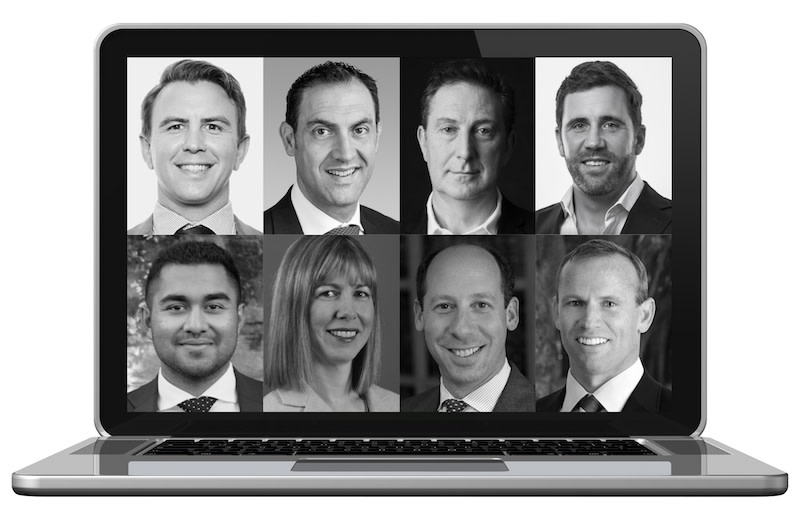
Converging government policy and financial forces have created a perfect storm in Australia’s apartment development sector that is about to hit home and hard.
As early as the first quarter of next year, key indicators point to Australia being in the grip of a full-blown housing crisis.
But set to rise at scale and speed from the eye of that storm is the country’s new asset class on the property development and investment block—institutional build-to-rent.
“This was always coming, the pandemic has just pushed out that cliff by a couple of years,” Ernst & Young partner, strategy and transactions real estate, Luke Mackintosh said.
He will be a speaker at The Urban Developer's Build-to-Rent vSummit on August 26.
“Essentially, it is the perfect storm … governments, both state and federal, have put all these measures on the build-to-sell sector, which has traditionally provided the rental supply in Australia, to slow it down.
“And when I say slow it down, it’s now virtually non-existent.
“They’ve done it year after year. Even the recent announcement that the FIRB (Foreign Investment Review Board) application fee will go from $6000 to $13,000 on an investment property under $1 million is another death knell.
“Again, they’ve killed off investors … it’s now almost impossible to achieve pre-sale requirements for projects of 150-plus apartments.
“We’ve seen fallout rates of up to 40 per cent to 50 per cent on buildings that are pre-sold and developers are not building build-to-sell and there's no rental product.
"For example, in 2018-19 Multiplex had 35 cranes in the air in the Melbourne CBD building residential and today they've got five or six.
“So, build-to-rent has come in at the right time ... it’s not about selling it’s purely about delivering—there’s none of that pre-sale issue.
"And institutional investors that have done a lot of work and could see this crisis happening in Australia, they've gone into the sector."

Looking to understand more about Australia’s build-to-rent market? Tune in to The Urban Developer’s upcoming vSummit Thursday, August 25. Click here to secure your ticket.
The first generation of build-to-rent projects in Australia has been backed by overseas institutional capital.
As it stands, the sector—also known as multi-family—comprises 60 projects totalling 22,254 apartments with an estimated value of $13.6 billion.
Only 6 per cent of these projects are operating, 11 per cent are under construction and 83 per cent are still in the planning stages. The lion’s share of the projects is in Victoria (37) followed by New South Wales (11), Queensland (8) and Western Australia (4).
But according to EY forecasts, over the next decade or so the sector has the potential to rapidly grow to account for 10 per cent of the nation’s rental pool—the equivalent of 375 projects totalling 350,000 apartments worth an estimated $320 billion.
Mackintosh said over the past 12 months build-to-rent had surged in Australia, with many groups showing interest now that assets were up and operating and, importantly, showing attractive rental premiums to the rest of the market.
“Our build-to-rent sector has institutionalised a lot faster and grown at a stronger rate than any other country,” he said.
The sector’s next growth phase is expected to be driven by superannuation fund investment.
“Australian pension funds have almost zero exposure to the asset class. So, that’ll be where it goes in the next four to five years,” Mackintosh said.
But he said to attract the capital needed to supercharge the multi-billion dollar sector, governments will need to “level the playing field” by adjusting the tax levers that have been hindering it.
Mackintosh was also quick to point out that while build-to-rent has the fundamentals to generate “meaningful supply” it will not be the panacea to Australia’s housing supply woes.
“We’ll always have a housing problem but it will ebb and flow,” he said.
“But because we’re seeing vacancy rates fall at a rate of knots the only thing that can really fix this is for build-to-rent product to come on.
“However, it is only one part of the housing solution … it also needs action by state and federal regulators to start to free-up build-to-sell to allow investors back into the market.”